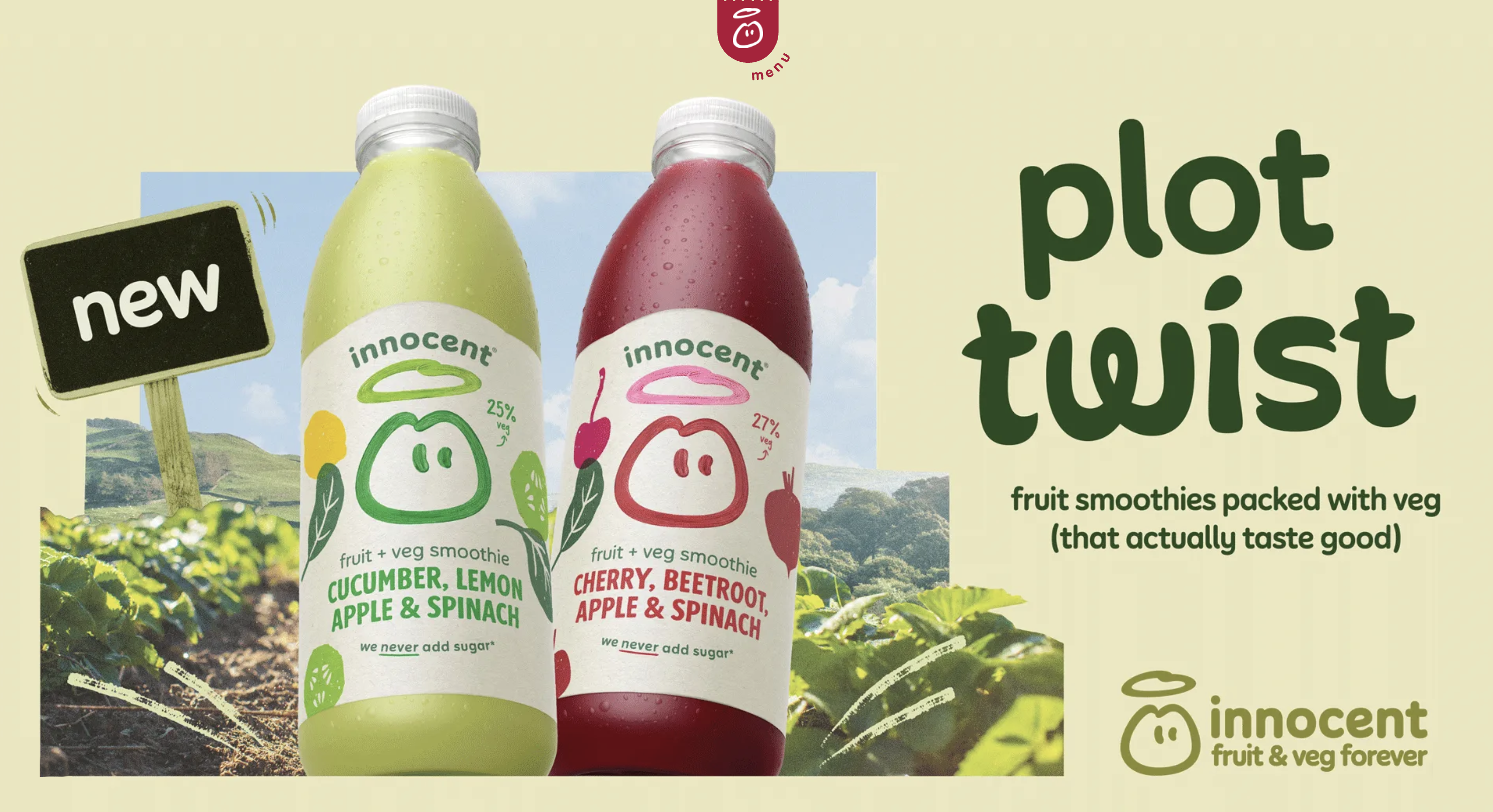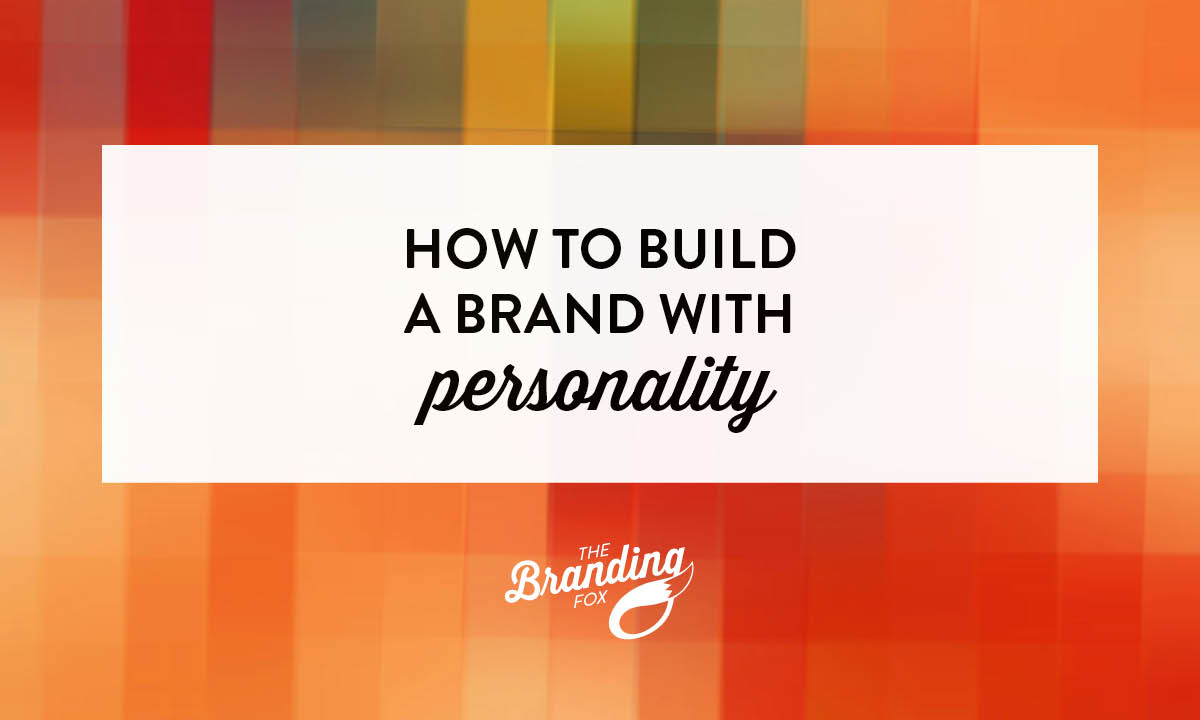How to Build a Brand with Personality

If you’ve ever felt like your brand is a bit of a patchwork - a mix of different voices, styles and visuals that don’t quite fit together - you’re not alone. Many businesses start with the basics: a quick logo, a colour palette, maybe a strapline. It works at the beginning, but as the team grows and the business evolves, it starts to feel disconnected.
One piece of marketing feels serious and formal, another feels a bit too casual. Your visuals may be dark and moody, while your copy is light and playful. This creates confusion, both for your audience and for your team.
One way to tackle this is by defining a clear brand personality.
What I Mean by a Brand with Personality
When I talk about brand personality, I don’t mean saying you’re “professional” and “trustworthy.” Those aren’t personality traits, they’re outcomes. Almost every organisation needs to be professional and trustworthy, otherwise they simply won’t survive.
Instead, your brand personality is about the traits that make you feel like a real human being in the eyes of your audience. Just like people, brands can be bold, curious, imaginative, rebellious, dependable, witty, or nurturing.
Think about it: you don’t introduce yourself at a networking event by saying “I’m trustworthy.” People work that out for themselves after they spend time with you. The same goes for your brand.
When you put words to your brand’s personality traits, you create a sense of clarity and direction that guides not just your marketing, but your team’s decision-making.
Why You Should Care About Brand Personality
If your brand feels messy or inconsistent, personality is the glue that brings it all together. Here’s why it matters so much for growing, purpose-led businesses:
- Consistency builds trust. Your audience needs to know what to expect from you. When your tone, visuals and behaviour line up, they feel confident choosing you.
- It connects on a human level. People don’t connect deeply with “professional.” But they do connect with “caring,” “playful,” “imaginative” or “bold.” These traits spark emotional resonance.
- It makes you distinctive. Most businesses hide behind the same safe words. Defining personality helps you stand apart in a crowded market.
- It helps your team stay aligned. When everyone understands your brand personality, they can communicate in the same voice, whether they’re writing a proposal, posting on LinkedIn, or designing a campaign.

How Personality Shows Up in Real Life
The best way to understand this is to look at examples from brands with strong purpose who use personality to their advantage:
- Innocent Drinks built their whole identity around being playful, cheeky and down-to-earth. Their copy sounds like a friend chatting to you at the kitchen table. Even as they’ve grown into a major player, that voice keeps them approachable.
- Patagonia takes a very different approach. Their personality is serious, principled and bold, unapologetically campaigning for the environment. Their tone leaves no doubt about their values.
- Gusto (the recipe box brand) positions itself as helpful, practical and encouraging. Their messaging feels like someone guiding you step-by-step in the kitchen, building your confidence along the way.
Each one of these brands is professional and trustworthy but none of them rely on those words to describe themselves. Their chosen traits make them relatable and distinct.
Where to Start with Defining Your Brand Personality
Here’s how you can begin shaping your own brand personality:
- Look at your ideal customer first. What role do they want you to play in their lives? Are they looking for someone to inspire them, to walk alongside them, or to guide them step-by-step?
- Choose 3–5 personality traits. Imagine describing your brand as if it were a person. Is it bold? Warm? Adventurous? Creative? Narrow it down to the traits that really capture your essence.
- Define what you’re not. This is just as important. For example:
- “We’re imaginative and creative not dry and corporate.”
- “We’re approachable and supportive not intimidating or elitist.”
- “We’re adventurous and forward-thinking not stuck in the past.”
- Test for alignment. Check your visuals, your copy and even your internal culture against these traits. Do they match up, or is something off?
- Use personality as a filter. Whenever you’re making a brand decision, from design to messaging, ask: does this reflect our brand personality? If not, it’s probably not the right choice.
A Note on Archetypes
If you want a framework to explore, Carl Jung’s 12 archetypes are a great starting point. They give you ready-made personalities like The Explorer, The Creator, The Caregiver, or The Rebel, each with their own traits and characteristics.
You can download my free Brand Archetypes tool here.

But remember, the real power comes from tailoring it to your business. Think about your team, your values, and the unique role you play in your customer’s world.
Why This Matters More as You Grow
For small teams and purpose-led organisations, brand personality isn’t just about marketing. It’s about alignment.
Without it, every new team member brings their own interpretation of what the brand should sound or look like. That’s how things get messy. With it, everyone has a clear guide, so whether it’s your website, your pitch deck, or your social posts, the brand feels consistent.
And when your brand feels consistent, it feels strong, confident and memorable to the people you want to reach.
Final Thoughts
Your brand personality isn’t about inventing something fake, it’s about uncovering what’s already true about your business and making it crystal clear.
Because when you’re clear and consistent, people know what you stand for, how you’ll show up, and whether you’re the right fit for them.
And when they know you, they’re far more likely to buy from you, trust you, and stick with you for the long run.
So instead of describing your brand as “professional and trustworthy,” ask yourself: what kind of person would my brand be? Answer that, and you’ll have the foundation to build a brand that feels human, believable and inspiring, for your team and your customers.
Explore more articles
How to Build a Brand with Personality

How Purpose-Led Brands Can Thrive in the AI Era: Connection, Clarity & Staying Iconic

Why Your DIY Branding Is Holding Your Business Back

